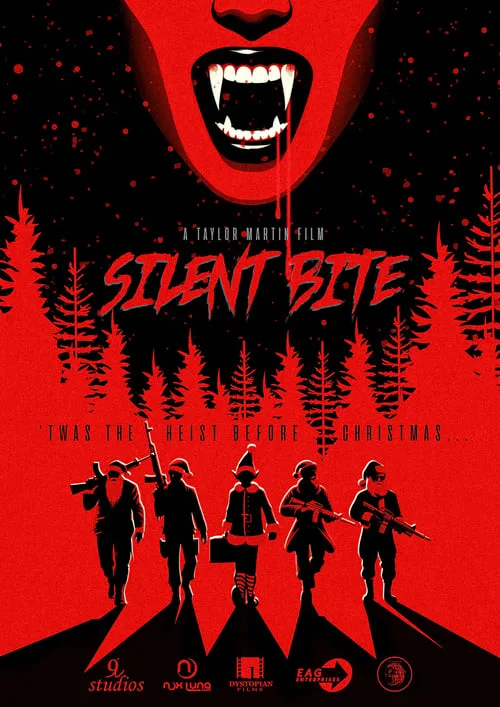Agnieszka Holland’s Masterful Exploration of the Refugee Crisis
Agnieszka Holland’s “Green Border” is a searing drama that delves into the European reviews refugee crisis, resonating with similar crises in Africa, Asia, the Middle East, and America’s southwestern border. This film stands out not only because of its timely and fraught subject matter but also due to the extraordinary artistry of its execution. When I first saw it at last fall’s New York Film Festival, I left the theater deeply shaken, not only by the compelling story but also by the moment-by-moment power of Holland’s filmmaking.
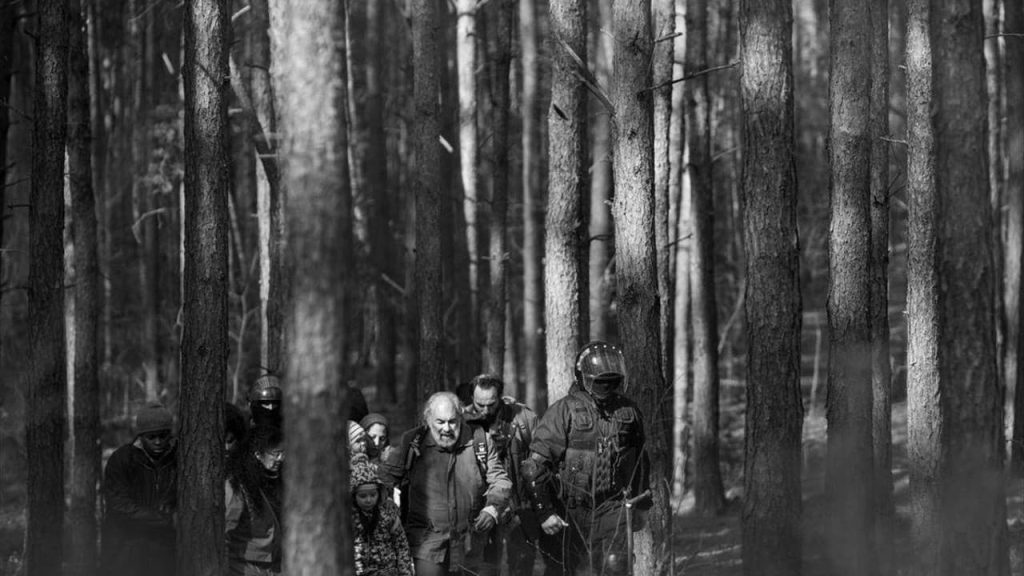
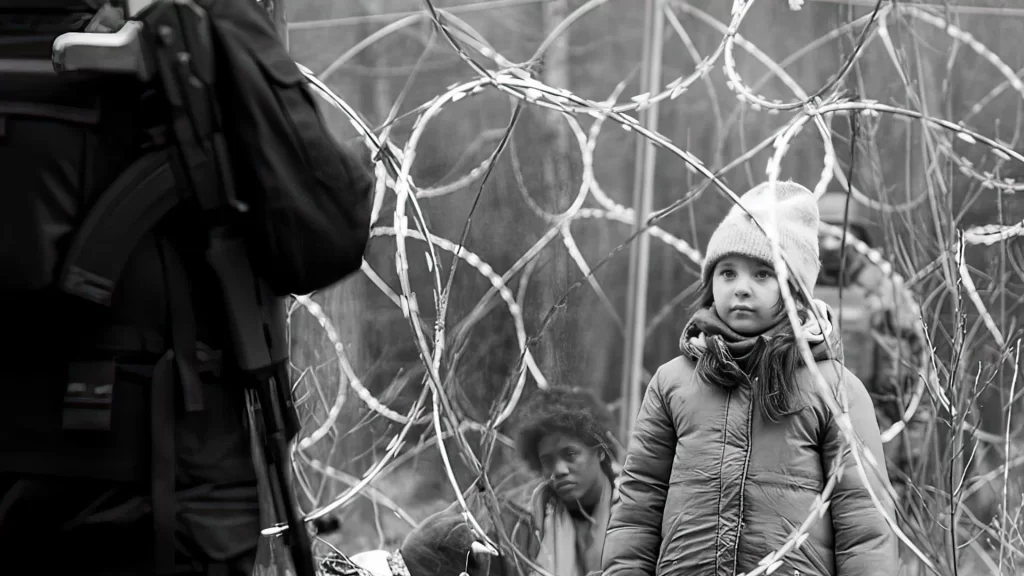
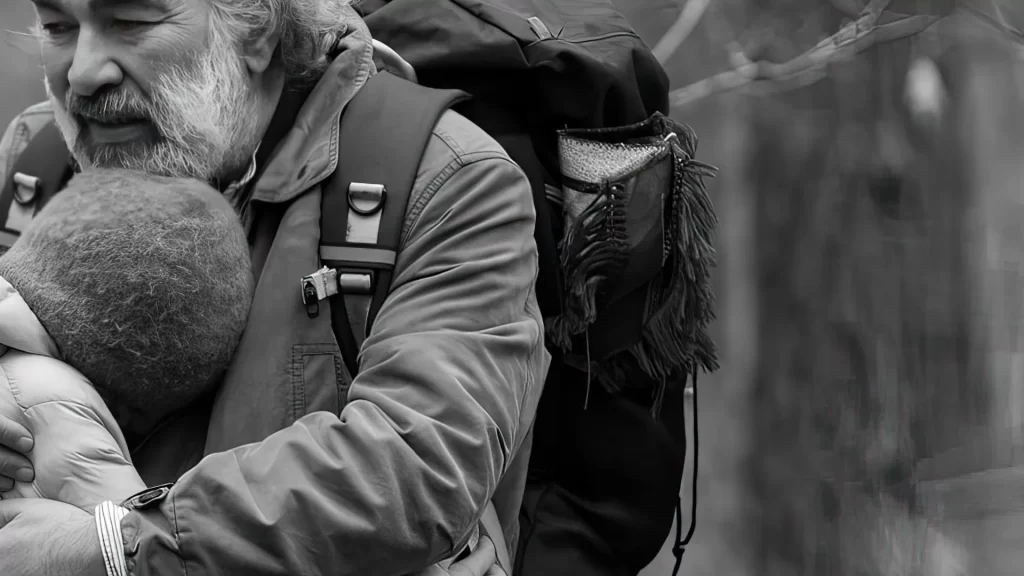
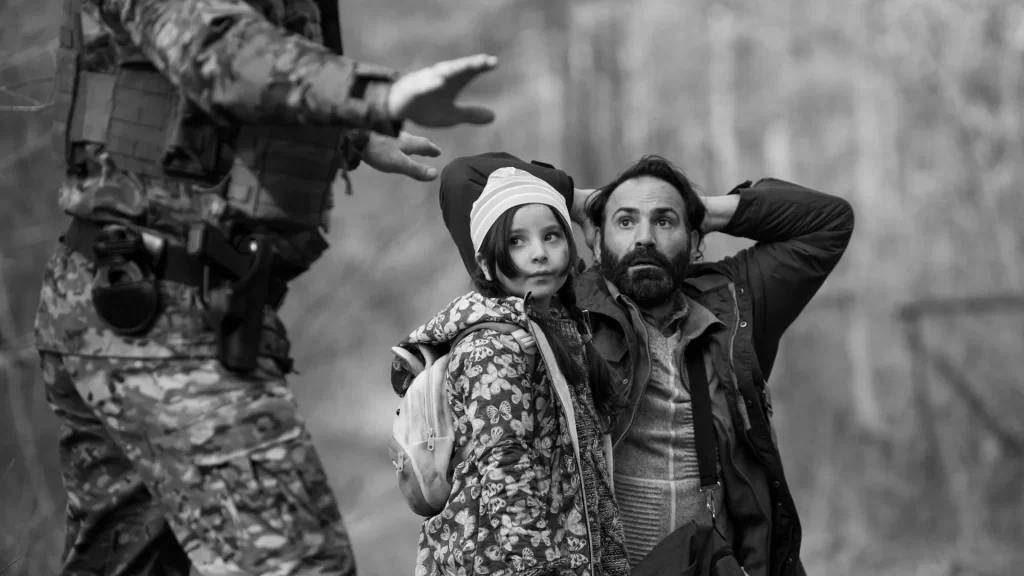
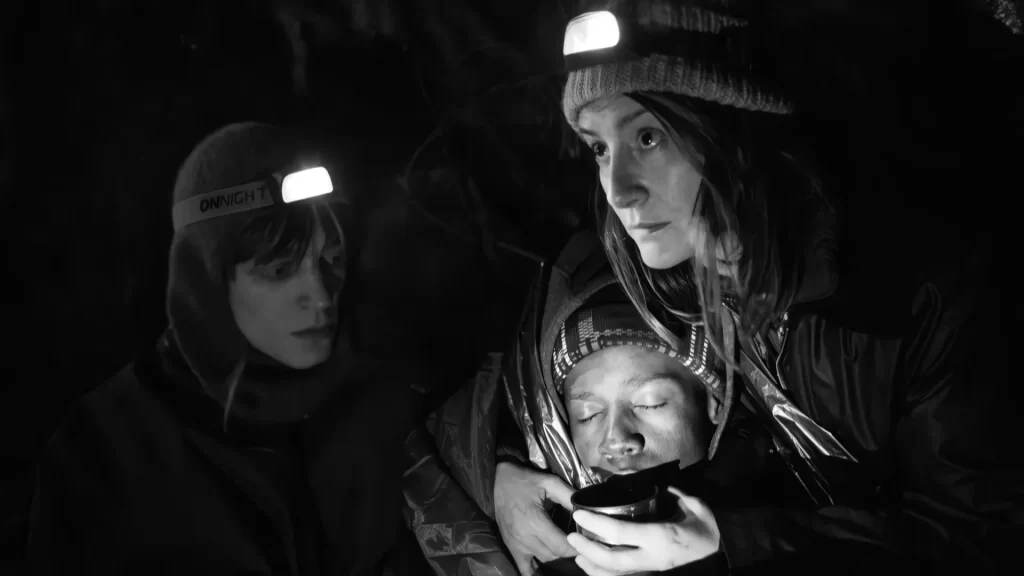
The titular border is the one separating Poland from Belarus. Filmed initially from an aerial perspective, the lush green of one of Europe’s last remaining primeval forests soon shifts to stark black-and-white, plunging us into a world of violent oppositions and tragic ironies.
The film begins on an airplane filled with refugees from war-torn regions like Syria and Afghanistan, eagerly anticipating safety and freedom in Europe. Upon landing, they are hurriedly transported towards Poland, only to find themselves trapped in a geopolitical nightmare. Polish soldiers push them back across the wire and barbed wire border, only to be harshly ejected back into Belarus, creating a horrific, endless ping-pong game with human lives at stake.
“Green Border” dramatizes a real crisis that began in late 2021 when Belarus’s autocratic president, Aleksandr G. Lukashenko, offered free transit visas and transportation to people from the Middle East and Africa aiming to reach Europe. His intent was to destabilize EU countries that were resistant to accepting refugees from distant lands. Holland highlights this racial and cultural resistance, contrasting it with Poland’s open-armed welcome to two million Ukrainian refugees a year later.
Cinema uniquely conveys the human realities of such crises, where politics become distant abstractions. The film vividly portrays the refugees’ desperation, confusion, and determination, avoiding melodramatic clichés. Instead, Holland crafts compelling portraits of these unfortunates, including a Muslim family led by a crusty patriarch (Mohamad Al Rashi) who clings to his prayer rug amidst the chaos.
The film’s narrative unfolds in three major strands. The first follows a young Polish soldier and soon-to-be father (Tomasz Wlosok), grappling with the moral implications of following cruel orders. The second strand features activists invading the forests to help the refugees, facing arrest and prosecution for their humanitarian efforts. Among these activists is Julia (Maja Ostaszewska), a psychiatrist who joins the fray after rescuing an Afghan woman, Leila (Behi Djanati Atai), from her doorstep.
Holland’s mastery with actors shines through, with standout performances from Ostaszewska and Djanti Atai, reminiscent of the accolades received by Sandra Huller in “Anatomy of a Fall” and “The Zone of Interest.”
The film’s visual style, enhanced by Tomek Naumiuk’s eloquent black-and-white cinematography, evokes the moral seriousness of post-World War II Polish cinema, recalling the works of Holland’s mentors, Andrzej Wajda and Krzysztof Zanussi. Despite the film’s brilliance, it has faced harsh criticism from Polish leaders, likening Holland to propagandists intent on tarnishing Poland’s image.
In the face of this backlash, Holland has stated that “Green Border” aims to foster empathy with migrants, aligning with Roger Ebert’s view of movies as empathy machines. No recent film has honored this definition with more geopolitical prescience and humane passion than “Green Border.”
Sources:
Frequently Asked Questions (FAQs) for “Green Border”
1. What is the main plot of “Green Border”?
- According to IMDb, “Green Border” follows the harrowing journey of refugees trapped between Poland and Belarus. The film highlights the brutal geopolitical games that ensnare these refugees, who are pushed back and forth across the border by Polish and Belarusian authorities.
2. Who directed “Green Border”?
- The film was directed by Agnieszka Holland, an acclaimed filmmaker known for her powerful and thought-provoking works. More details about her career and contributions can be found on Wikipedia.
3. Where can I watch “Green Border”?
- You can watch “Green Border” on iWatchOnline, a platform offering a wide range of films and TV shows.
4. What themes are explored in “Green Border”?
- The film explores themes of human desperation, geopolitical manipulation, and the moral complexities of humanitarian aid. It delves into the human realities of the refugee crisis, portraying the refugees’ desperation, confusion, and determination. Reviews on Metacritic and Rotten Tomatoes highlight these themes.
5. How has the film been received by critics?
- Critics have praised “Green Border” for its powerful storytelling and compelling performances, particularly those of Jesse Plemons, Maja Ostaszewska, and Behi Djanati Atai. The film has been noted for its thematic depth and visual style, though it has also faced controversy and criticism from Polish authorities. Detailed reviews can be found on IMDb and Rotten Tomatoes.
6. What is the significance of the film’s title, “Green Border”?
- The title “Green Border” refers to the lush, green forested area that forms the border between Poland and Belarus. This area becomes a battleground for the refugees, symbolizing both the natural beauty and the harsh realities of their plight. The film’s initial aerial shots of the green border contrast sharply with the subsequent black-and-white depiction of the refugees’ struggles.
7. How does “Green Border” compare to other films by Agnieszka Holland?
- “Green Border” is noted for its moral seriousness and visual eloquence, reminiscent of Holland’s earlier works. The film’s thematic depth and artistic execution have drawn comparisons to the post-World War II apogee of Polish cinema, influenced by Holland’s mentors, Andrzej Wajda and Krzysztof Zanussi. For more on Holland’s filmography, visit Wikipedia.
8. What are some standout performances in “Green Border”?
- The film features standout performances from Jesse Plemons, Maja Ostaszewska, and Behi Djanati Atai. Critics have particularly praised Ostaszewska and Djanti Atai for their compelling portrayals, likening their performances to the acclaimed work of Sandra Huller in “Anatomy of a Fall” and “The Zone of Interest.”. Reviews highlighting these performances can be found on Metacritic and Rotten Tomatoes.
9. What has been the reaction to “Green Border” in Poland?
- The film has faced significant backlash from Polish authorities, who have criticized it as “shameful, repulsive, and disgusting.” Despite this, “Green Border” has been acclaimed internationally, with Holland defending the film as a call for empathy towards migrants. The controversy surrounding the film is discussed in detail on Wikipedia.
10. How does “Green Border” address the refugee crisis?
- “Green Border” addresses the refugee crisis by portraying the human realities of those trapped between Poland and Belarus. The film highlights the desperation, confusion, and determination of the refugees, as well as the moral complexities faced by those trying to help them. It underscores the geopolitical manipulation at play and the harsh treatment of refugees by authorities. For more insights, visit IMDb and Rotten Tomatoes.
For more detailed reviews and opinions, you can visit the aforementioned sources.



